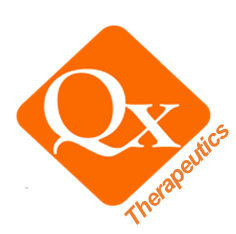ALI/ARDS are characterized by an increased permeability of the alveolar-capillary barrier resulting in lung edema with protein-rich fluid, thus resulting in impairment of arterial oxygenation. Lung edema, endothelial and epithelial injury are accompanied by an influx of neutrophils into the interstitium and bronchoalveolar space. Despite all innovations in intensive care medicine, the mortality of ALI/ARDS remains up to 40%. There is high unmet medical need for effective pharmacological interventions, as there are no FDA-approved ones for ALI/ARDS intervention.
Many diseases involve neutrophil recruitment into the interstitial space and derangement of the endothelium including ischemia- reperfusion injury, acute respiratory distress syndrome (ARDS), sepsis, glomerulonephritis and increased intracranial pressure, among others.
Acute lung injury remains a significant source of morbidity and mortality in the critically ill patient population. Defined by a constellation of clinical criteria (acute onset of bilateral pulmonary infiltrates with hypoxemia without evidence of hydrostatic pulmonary edema), ALI has a high incidence (200,000 per year in the US) and overall mortality remains high. The estimate worldwide market size will be at least 6 billion USD by 2021.

